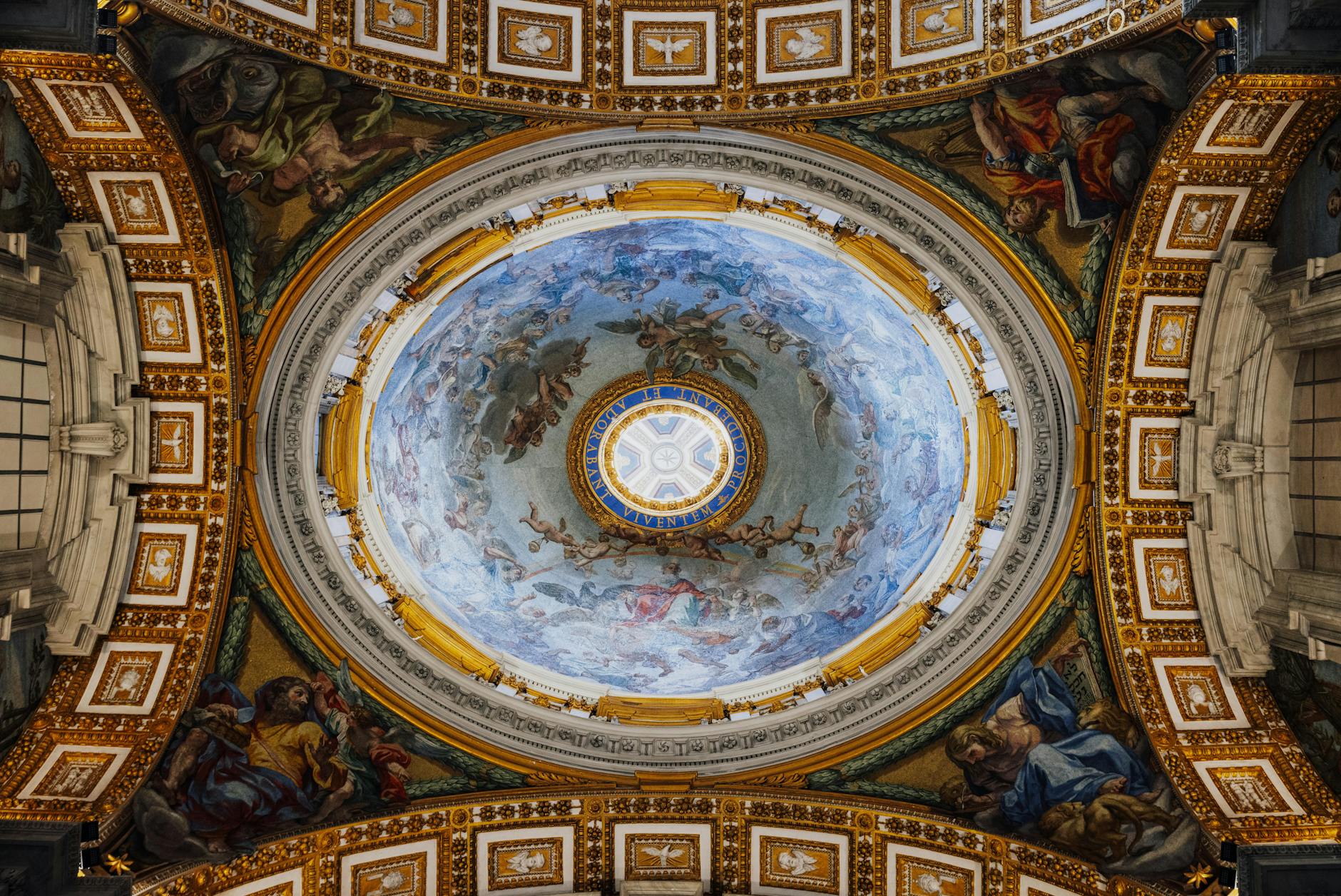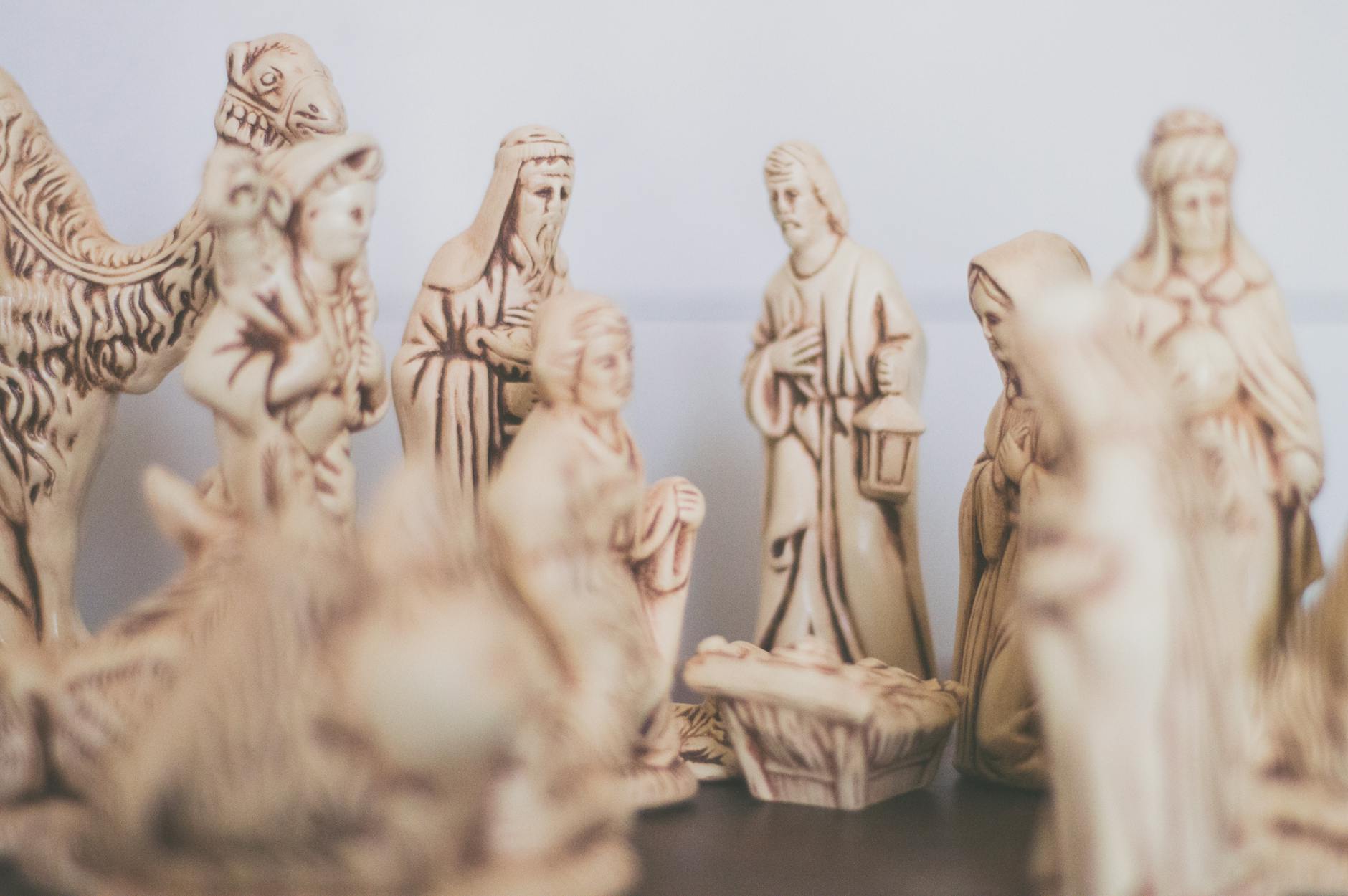The power of self-expression lies in its ability to convey a unique inner world. It’s a fundamental human drive that crafts our identities, imparts a sense of individuality, and charts the course of personal growth. One intriguing domain where these facets of the self converge is the vibrant realm of psychedelic art.
Psychedelic art emerged amidst the cultural flux of the 1960s, striking chords of creativity, catharsis, and exploration. Tying into the broader countercultural ethos of the era, the genre projected an audacious visual language, unapologetically brimming with emotions and experimental narratives. Rooted in the etymology of the word ‘psychedelic’- ‘mind manifesting,’ the art form is an introspective journey into the psyche.
Delving into this unique genre implies recognizing psychedelic art as more than a product of its time. Instead, it becomes an ongoing dialogue between the self and the world—an exploration that promotes individuality and self-expression. Despite its already vibrant palette, the genre is often imbued with personal interpretations that create a continuous interplay between internal experiences and external visual manifestations.
Psychedelic art can be considered a form of art therapy, offering a medium for examining one’s identity and emotional states while simultaneously encouraging healing and personal growth. Just as in traditional art therapy, the process of creating psychedelic artwork lets artists express difficult or complex emotions in a safe, symbolic way. Working with their unique visual vocabulary, artists ‘speak’ in colors, shapes, and forms, articulating emotions via the canvas that might otherwise remain silenced.
The therapeutic aspect of psychedelic art is perhaps best captured by its ability to incite profound catharsis. Psychedelic art can act as a mirror, reflecting the deepest recesses of the mind. When the artist imprints their psyche onto their artwork, they engage in a form of art therapy, unearthing buried traumas, secrets, fears, or dreams. The artwork becomes both a repository of these inner experiences and a tool for their exploration and understanding.
Creating psychedelic art can also be a powerfully liberating exercise in exploring one’s identity. The art offers an expansive canvas for dismantling societal constructs and norms, enabling artists to construct their narratives. In rejecting real-world conventions and delving into more abstract, symbolic imagery, the art form allows free reign to express one’s unique worldview and perspectives.
Integral to this exploration of identity is the theme of personal growth. The creation of psychedelic art demands a prolonged engagement with the self—a dialogue that invariably facilitates growth. Each artwork presents a snapshot of the creator’s emotional and mental state at a given time, making the medium an evolving record of one’s inner journey.
What sets psychedelic art apart is its unbridled exploration of the human experience. From self-exploration to personal growth, from identity deconstruction to emotional catharsis, psychedelic art pushes boundaries and blurs lines. It is an avant-garde genre that encourages stepping into uncharted territories of the subconscious. This genre pushes us to reflect on our emotions, its mirror-like properties an invitation for us to confront our deepest facets, thus promoting growth and cultivating creativity.
Psychedelic art’s vibrant tapestry continues to offer deeper insights into the human condition, underlining the importance of self-expression. The creation of such artwork offers an opportunity to unravel our own complexity, paving the way for emotional liberation and the discovery of new personal depths. It is a colorful celebration of individuality, human emotions, and the ever-evolving journey of self-discovery—a spirited testament to the expressive power of art and its capacity to chart the course of our inner journey.








